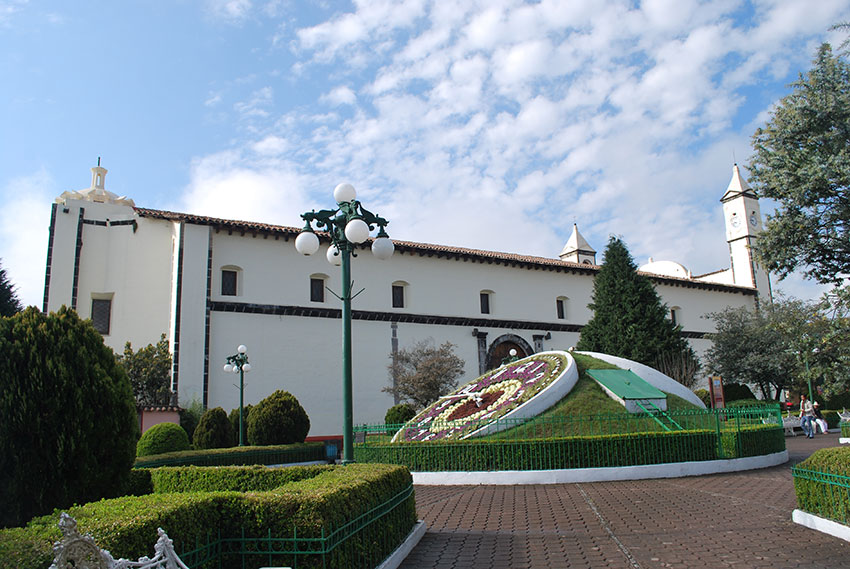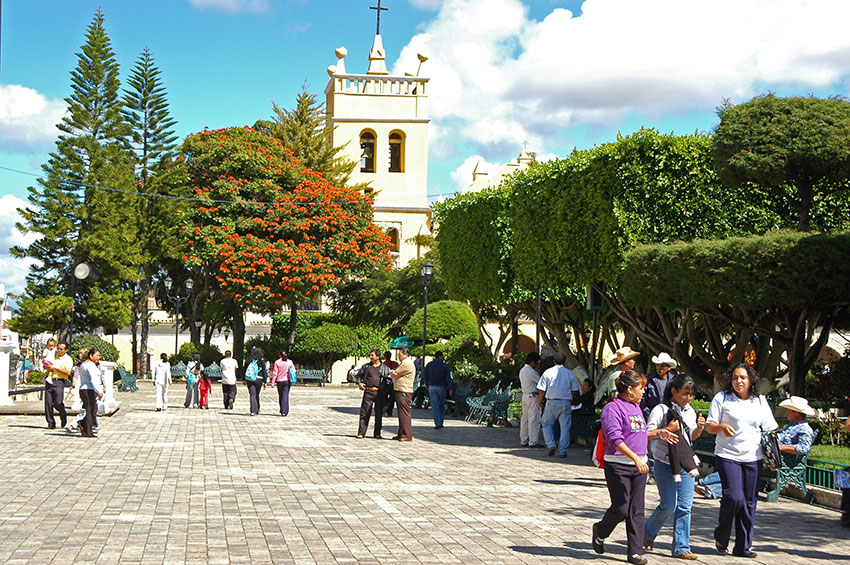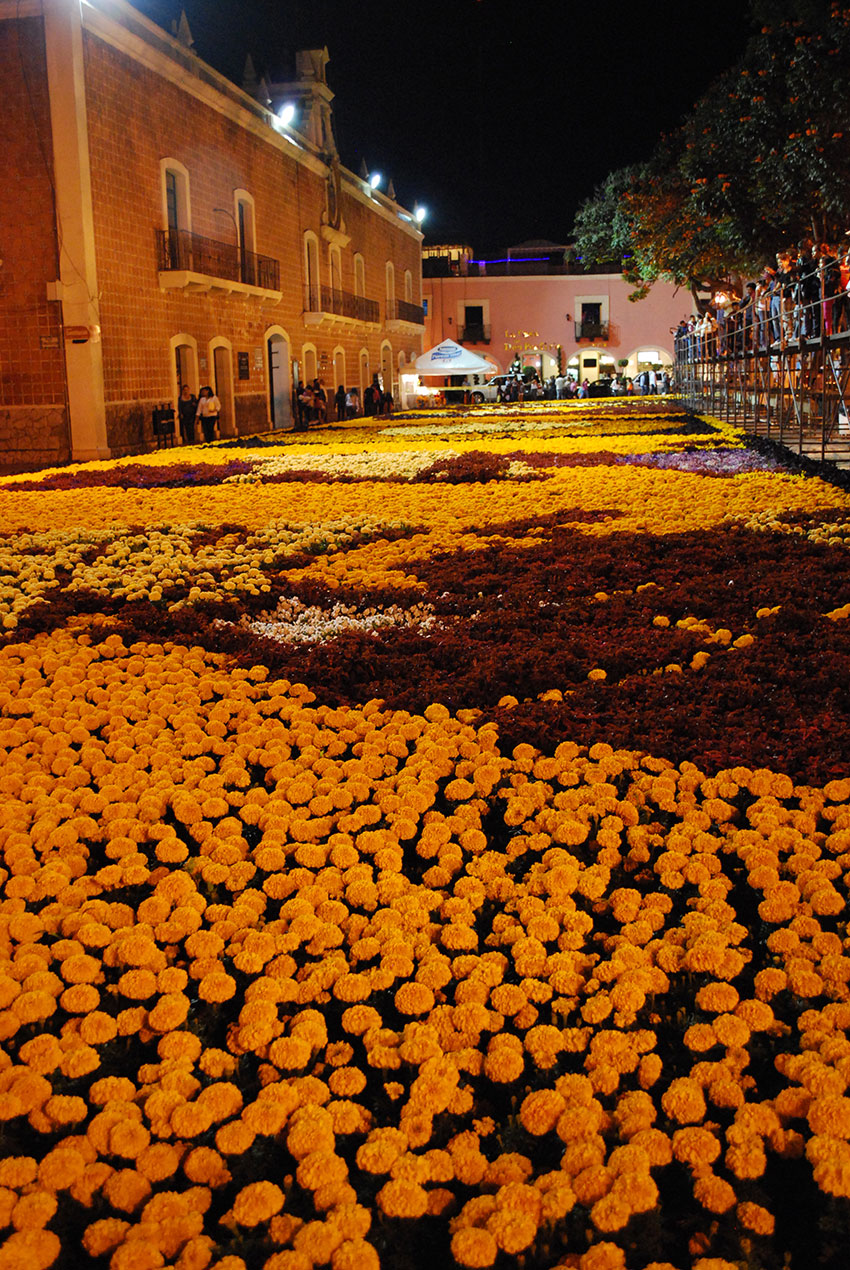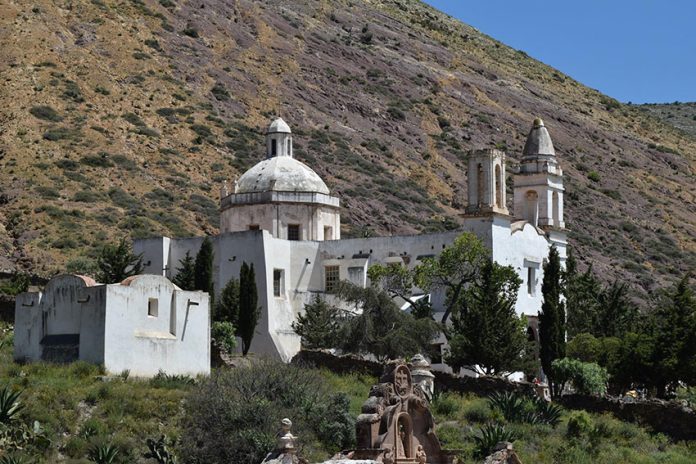What makes some pueblos more “magical” than others?
You may have seen the signs for “Pueblos Mágicos,” 121 destinations designated Magical Towns by Mexico’s Ministry of Tourism (Sectur). It comes from a program started in 2001 to create an alternative to the decades long effort of promoting the beaches.
Instead of cities, the program focused on small towns as more representative of traditional Mexico. The selected towns have preserved architecture and ways of life from the pre-Hispanic period through the Mexican Revolution. In addition, the towns are economically marginalized, and the hope is that tourism can stem the flow of migration from them into the cities.
The first towns to earn the label of Pueblo Mágico were Huasca de Ocampo, Hidalgo; Mexcatltan, Nayarit; Tepoztlan, Morelos; and Real de Catorce, San Luis Potosí. They fit in well with the initial criteria — towns with a traditional way of life, infrastructure, historic significance, and close to a major city. Mexican city dwellers can easily make short trips to them.
The towns are promoted through their architecture, local environment, food, traditions, handcrafts, and other local products. Almost all have some connection to Mexico’s colonial past. However, the Pueblos can be categorized by type of history — former mining towns, pre-Hispanic settlements, type of environment — mountains, desert, lake, rainforest and/or social system.

Pueblos such as Mitla, Oaxaca, and San Juan Teotihuacan are promoted as complements to their famous archaeological neighbors.
Others are important because of their people and traditions. Pátzcuaro’s Purhepecha people are famous for their Day of the Dead traditions. The Sierra Norte of Puebla has a number of Pueblos because its isolation preserved many traditional societies. El Quelite, Sinaloa, is known for its rustic charm, its food, and a variant of the Mesoamerican ballgame. Tapijulapa, Tabasco, is noted for its social cooperatives that make and export handcrafted furniture.
Perhaps the richest source of Pueblos Mágicos are old mining towns. Their boom-and-bust nature means that elaborate building was done during the boom years, then lay in ruins nearly untouched after the bust. Almost all Pueblos of this type have colonial architecture, often with an elaborate church.
Many of these are in central Mexico including Taxco, Guerrero; El Oro, México state; Tlalpujahua, Michoacán; and Mineral de Chico, Hidalgo. However, similar towns can be found farther north and west such as El Rosario, Sinaloa, and Álamos, Sonora.
There is at least one Pueblo Mágico in each of Mexico’s states, but some have taken better advantage of the program than others. Those with the most Pueblos include México state (10), Puebla (9), Michoacán (8), and Jalisco (7).
The list of Pueblos has some really hidden gems, everything you would imagine. I personally recommend Orizaba, Veracruz; Teúl de González Orteza, Zacatecas; and Amealco de Bonfil, Querétaro. But others may be disappointing. Tepotzotlan, México state, has an awesome church, but it is overrun by the sprawl of Mexico City.

Some spots are worth visiting, such as Isla Mujeres, Taxco, and San Cristóbal de las Casas. However, these already had a flourishing tourism industry before designation, taking away from the idea of “alternative.”
Nevertheless, the list makes for a good starting point for those looking to see something more than beaches. Sectur does have requirements for Pueblos which include building maintenance, control of street vending, medical and public safety services, and internet/cell phone access. Towns must renew their status every year.
Not yet are there reliable, nationwide statistics as to the effectiveness of the program, but there is plenty of anecdotal evidence. A significant number of Pueblos have experienced growth. Álamos grew from 9,300 to 26,000 people after being named in 2005. The area north of Pachuca, Hidalgo, home to three mining Pueblos, is now filled with weekend homes for Mexico City residents.
Perhaps most importantly, towns clamor to be added to the list. Those that refuse to participate don’t worry that it will fail, but that the tourism will ruin their way of life.
Over 5.7 billion pesos were invested between 2001 and 2018, but the results have not been satisfactory to the federal government. Despite the requirement that spending benefit the entire municipality, the reality is that almost all the spending and benefit is concentrated in the historic center of the Pueblo, with local populations forced out as prices rise. The rest of the area sees little benefit, if any.
There have also been compliance and credibility issues. Due to demand, there was a sharp increase in the number of designations, even if the Pueblos did not meet standards. Some have been dropped, mostly because of crime and/or uncontrolled street vending, but almost all get reinstated. As of 2019, only 16 of 121 Pueblos were completely compliant with program requirements to maintain their status.

Although initial documentation stated that promotion would be both national and international, promotion has been almost entirely domestic. There is a lack of promotion on the internet and an absolute lack of promotion in any language other than Spanish. In October 2020, Sectur promised better international efforts, stating it needs to find out which towns would be most suitable. Perhaps the best place to start is to promote to the very sizeable foreign population that lives within Mexico’s borders now.
• Special thanks to Fernando Mendoza, founding president of the National Coordination of Pueblos Mágicos Committees (2015-2017) and currently the technical secretary of the Pueblos Mágicos del Noroeste.
Leigh Thelmadatter arrived in Mexico 17 years ago and fell in love with the land and the culture. She publishes a blog called Creative Hands of Mexico and her first book, Mexican Cartonería: Paper, Paste and Fiesta, was published last year. Her culture blog appears weekly on Mexico News Daily.
